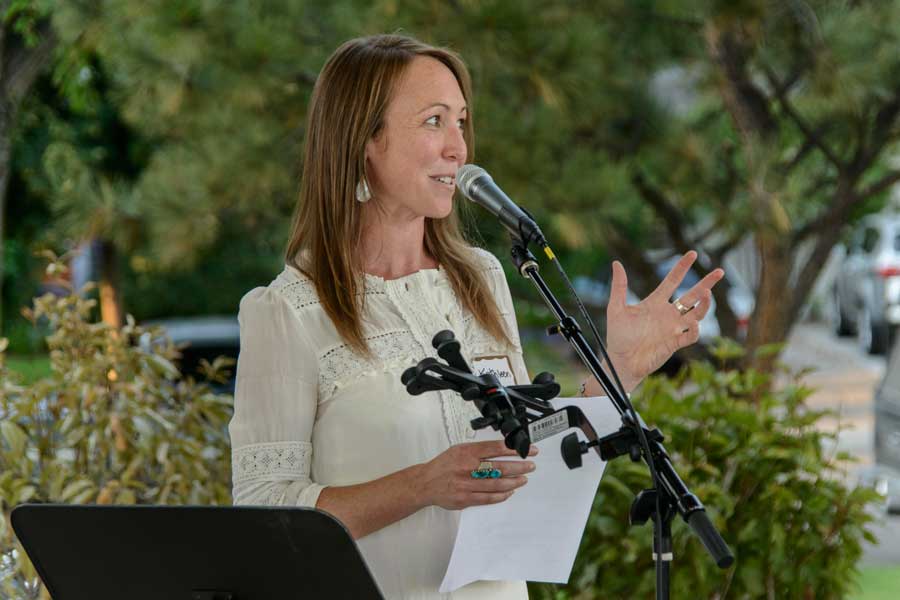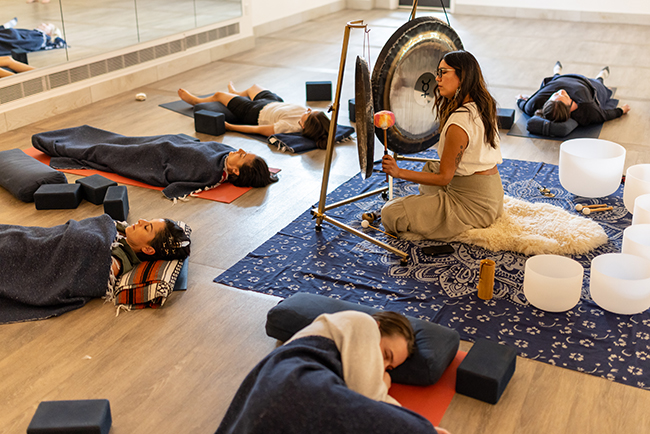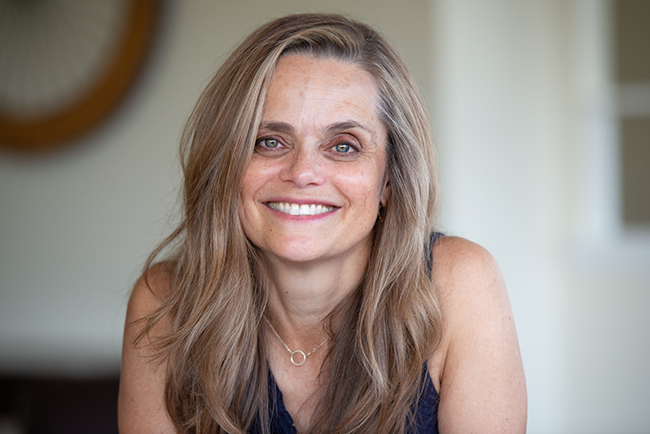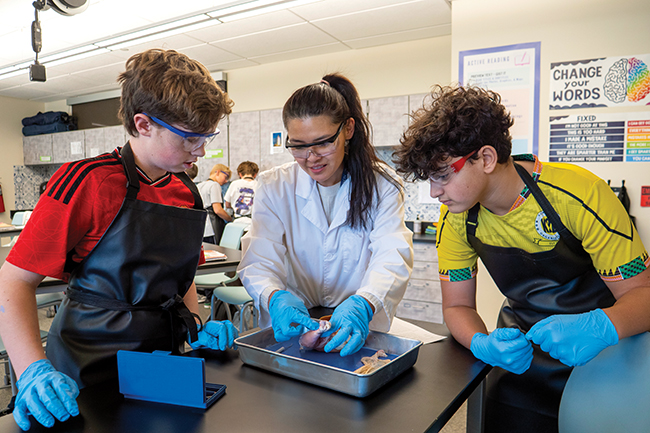Gaining the Performance Edge: What’s safe for amateur athletes?
25 Nov 2016
Athletes should be careful where they get their information
By Julie Marshall After finishing second not once, but twice, at the world championship CrossFit Games in Los Angeles, Steve Parsoneault of Boulder is hungry for gold. “We all want to be recognized as the best at something,” the 54-year-old says. “It would be nice to be one of the best athletes.” To meet his goal, Parsoneault relies on trial-and-error experimentation. “No doubt, creatine works,” he says of the amino acid that he believes has added eight reps to his 315-pound bench press. To increase his speed, he’s cut body fat to 11 percent on a paleo/Zone diet. The jury is out on beta-alanine to boost performance, but he’s pumped by the cheap and plentiful protein he finds in his backyard: grasshoppers, seasoned just right.Parsoneault is one of countless athletes searching for that special something that will propel them to the next level. Endurance, strength and fitness enthusiasts want to push past their personal best, go further at greater speed. But impressive effort, consistent training and a healthy diet don’t appear to be enough, as this past summer’s Olympics proved. An unheard-of number of athletes in swimming, track and field, cycling, weightlifting, tennis, shooting, and badminton came to Rio de Janeiro after having been caught using illegal performance-enhancing drugs, such as steroids or stimulants. A New York Times analysis found that out of 11,000 Olympians from 63 countries, 120–more than one in 100–had served suspensions or been stripped of medals. For amateurs, there has been a trickle-down effect. Four CrossFit world championship competitors were banned from competition this year for drug use; competitive cycling magazine VeloNews reports that amateur cyclists across the globe have a serious doping problem. Boulder’s Scott Fliegelman, 48, a five-time Ironman finisher who has run eight marathons, gets how trying to earn a living might motivate elite athletes to dope, but amateurs like himself? “That’s a bit of a head-scratcher. It must be low self-esteem to cheat just to win a box of Clif bars,” he says. “For me, the whole purpose of racing is to feel proud of my work all year. If you tilt the scales, you’ve lost a sense of what is really important.”Steve Parsoneault’s Roasted Grasshoppers
* Freeze grasshoppers in a ziplock bag for about 30 minutes (or they will not cooperate later). * Roast on a cookie sheet at 200 degrees F. for 20-30 minutes or until crunchy. * Drizzle with olive oil and sprinkle with salt, pepper and smoked paprika. * Serve immediately.
Finding the Performance Edge
Even if they don’t dope, many athletes think there is a pill, a powder, a quick fix, says Miguel Rueda, CU’s associate athletic director for health and performance. It’s gotten absurd, he says, pointing to Baltimore Ravens linebacker Ray Lewis, who touted deer-antler spray as a performance enhancer. “I teach my athletes to be careful where they get their information,” Rueda says. “If you walk into a nutrition store and the person telling you to take this or that is in high school, well, I’m just saying maybe they aren’t your best authority.” Fortunately, Boulder is a leader in healthy, legal ways to enhance athletic performance, says Rueda, who in August began a two-year Pac-12 Conference study of 350 intercollegiate athletes to help fill the gaps in understanding how to optimize performance. “What we are doing at CU is trying to look at all the many variables,” he says—healthy foods, recovery or down time, sleep, and balancing sports with life’s demands. Results will provide a road map, such as the best times of day to practice and for how long, to maximize success.The Human Performance Lab
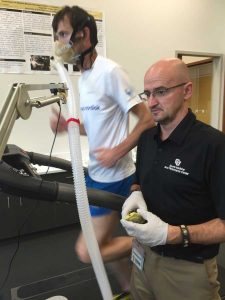
Athletic Maturity
Athletes are responsible for what goes into their bodies, says Dave Sheanin, who coaches endurance athletes for D3 Multisport in Boulder. He advises athletes to seek advice from science, not a training buddy. Someone with a medical degree or an advanced degree in sports performance is a good bet, he says, and above all, “be smart and disciplined,” and stick to your plan. “I like to push the concept of athletic maturity,” Sheanin says. “A trap I see even elites fall into is not sticking to a training protocol. Weekend group training rides turn into races. You may burn more calories, but you are not getting any faster. Would you rather win races or win the workout? Sports really are a life lesson.”Julie Marshall is a freelance writer and author of Making Burros Fly: Cleveland Amory, Animal Rescue Pioneer, as well as a former national champion and world-competitor semifinalist in tae kwon do. She lives in Lafayette.



